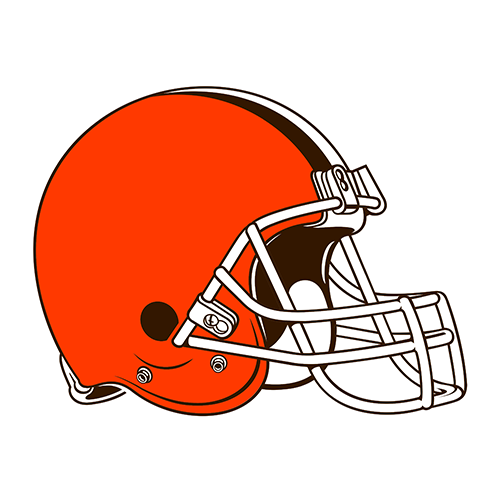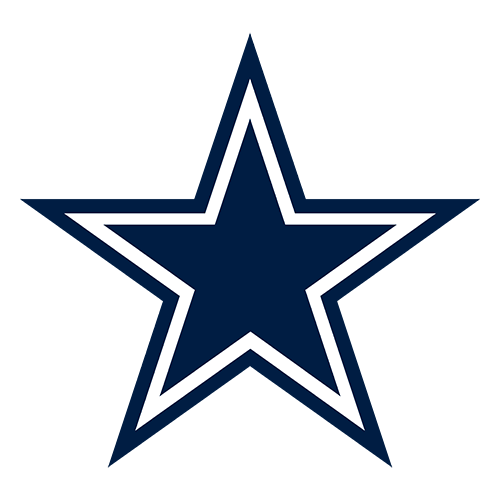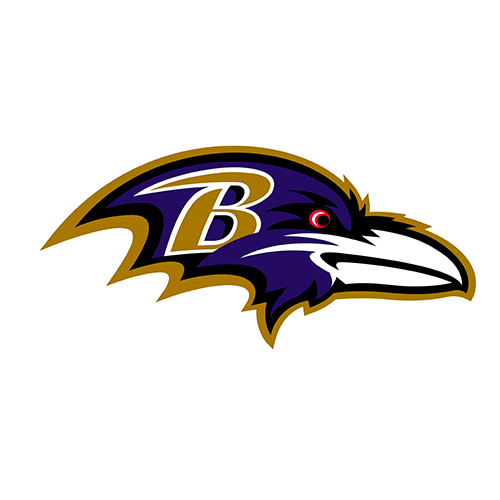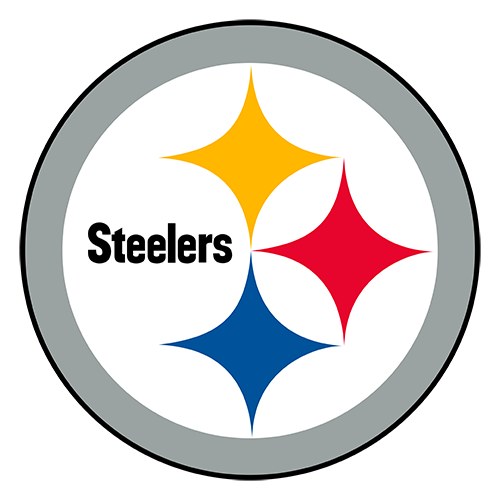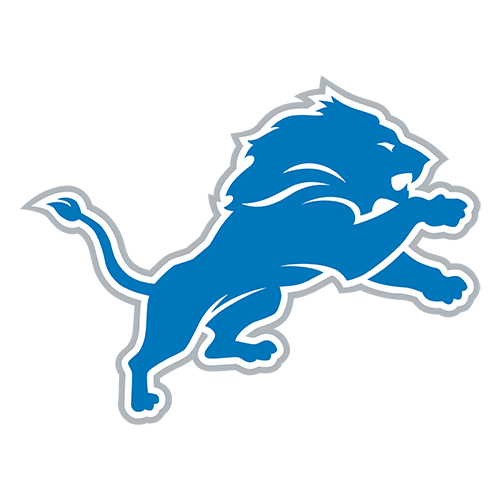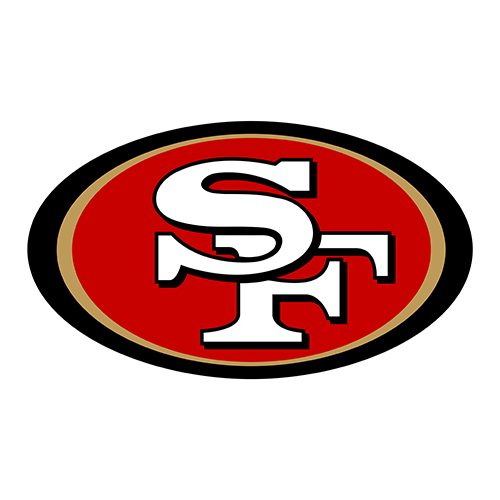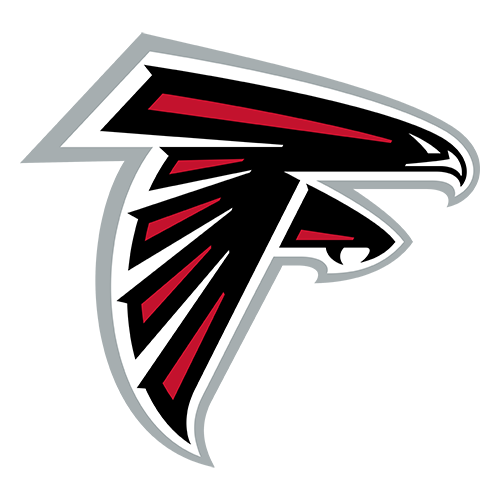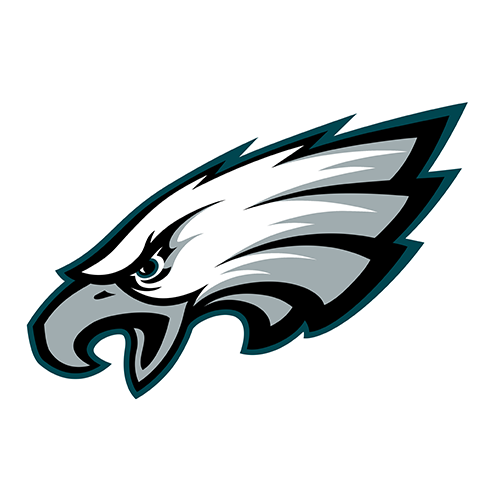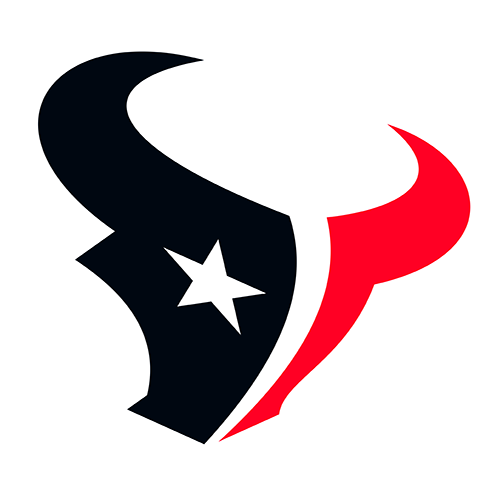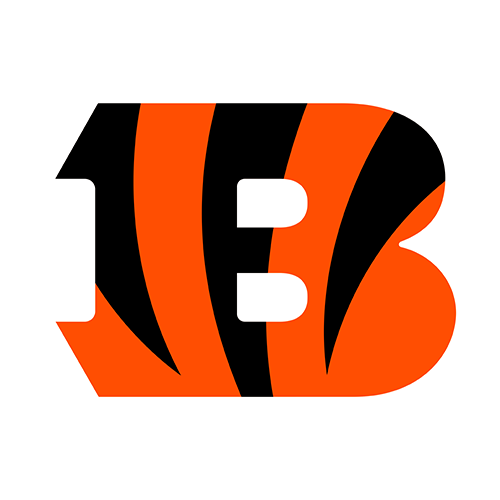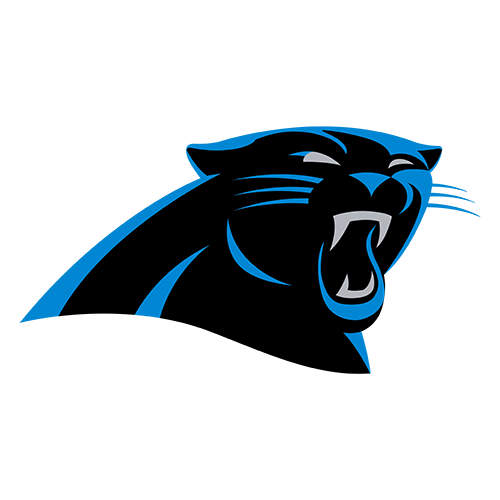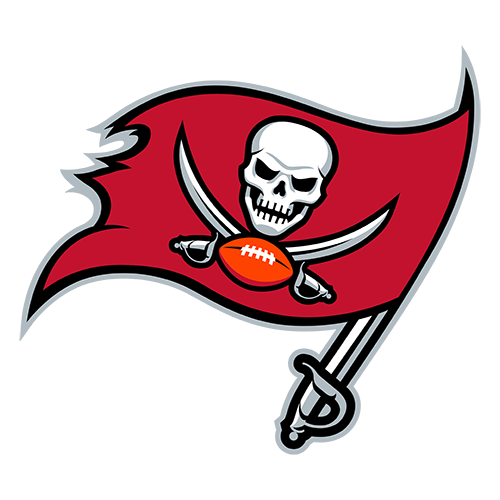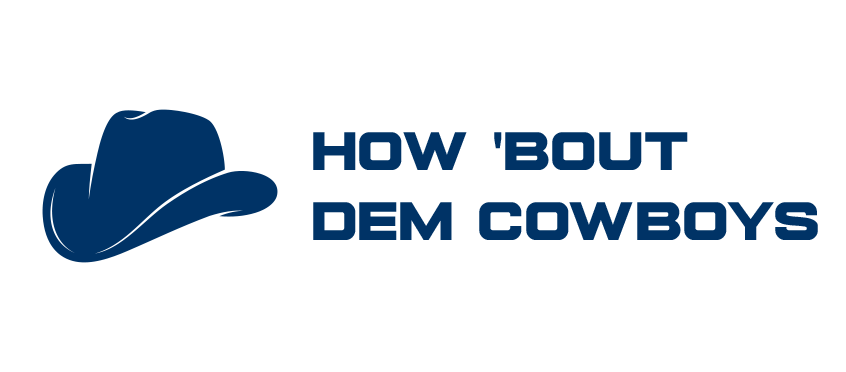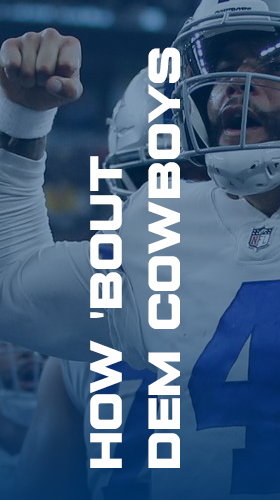
Here are the top linebackers to know ahead of next week’s draft.
We continue to dive in our top positional series for the Dallas Cowboys and this time looking at the top 10 linebackers in the draft and providing a short scouting report on each.
Jihaad Campbell (Alabama)
Best – Range
Campbell is a sideline-to-sideline monster and does it consistently from the first to the last quarter. He’s got a rare combination of fluid movement, top-tier closing speed, and reactive athleticism, which lets him chase down plays all over the field. Whether it’s tracking down a running back on a stretch play or spying and closing on a quarterback, he covers ground fast and violently.
Worst – Play Recognition
While he’s got all the athletic tools, he can still be a bit slow to diagnose plays, bite on misdirection, or take false steps. Against more disciplined or complex offenses, that can put him out of position and limit his impact. Sometimes, he relies too much on raw speed to recover instead of reading and reacting cleanly from the start. Checking his landmarks or buying what the offense sells on play action is a massive weakness for him.
Carson Schwesinger (UCLA)
Best – High IQ
Schwesinger’s ability to quickly read offensive plays, anticipate movements, and position himself effectively sets him apart. This keen sense of the game allows him to consistently make impactful plays, even when facing more physically imposing opponents. His mental acuity and instinctual play make him a valuable asset, particularly in roles that leverage his ability to read and react swiftly.
Worst – Athleticism
Unfortunately, he doesn’t have the burst or raw power you typically see in NFL-caliber linebackers. That can show up when he’s trying to cover fast backs or tight ends in space, or when he’s taking on bigger, more athletic blockers at the second level. His athletic profile is average at best. This limits a lot in the NFL as a pure WILL which means he lacks versatility.
Demetrius Knight (South Carolina)
Best – Instincts
Knights is a great instinctive downhill player. This is particularly evident in run defense and blitzing situations. His background as a high school quarterback contributes to his exceptional ability to read offensive schemes and anticipate plays. This, combined with his natural timing, allows him to penetrate gaps swiftly and disrupt plays in the backfield.
Worst – Overaggressive
He has a tendency to shoot gaps too early or commit downhill before fully diagnosing the play, which can lead to him being out of position. Offenses can use that aggressiveness against him with misdirection, play-action, or delayed runs. It’s the classic “see ball, go get ball” mentality (which works when he’s right), but when he’s wrong, it creates open lanes and missed assignments along with poor pursuit angles.
Danny Stutsman (Oklahoma)
Best – Run Defense
Stutsman shows advanced play recognition, particularly with his keys in run defense. He’s logged high tackle production for Oklahoma in multiple years, largely because of his ability to quickly identify run concepts and trigger downhill with confidence. He’s shown he can read pulling guards, diagnose inside zone and gap runs, and shoot gaps before blockers reach him.
Worst- Agility
Stutsman’s primary weakness lies in his limited lateral agility and coverage capabilities. His tight hips and short-strides limit his ability to change direction quickly, affecting his performance in man coverage against agile running backs and tight ends.
Barrett Carter (Clemson)
Best – Range
Carter’s athleticism lets him close gaps quickly, whether he’s scrambling in run support or dropping back into coverage. His speed and quick change-of-direction makes him a dynamic presence on the field and allows him to play side-to-sideline with great consistency. His physical tools enable him to recover quickly if he finds himself out of position.
Worst – Disengaging blocks
At times, when engaging blockers, Carter can linger too long instead of releasing from them and breaking free. This momentary hesitation can allow offensive linemen extra time to reset and prevent him from getting free quickly. While his athleticism often helps him bounce back, relying on recovery speed rather than efficient block shedding can leave him out of good pursuit position. In the NFL where the game is much faster this will leave Carter out of the play far too often.
Chris Paul Jr. (Ole Miss)
Best – Instincts
Paul Jr. possesses an almost uncanny ability to quickly read offensive concepts and anticipate plays. This enables him to react decisively whether it’s stopping the run or dropping into coverage. His understanding of the game allows him to make split-second decisions that keep him in the right position, resulting in key disruptions.
Worst – Tackling
While his instincts keep him in the right area, his technique sometimes lapses and he occasionally struggles with proper pad level and to secure the ball carrier. This can result in missed or incomplete tackles.
Jeffrey Bassa (Oregon)
Best – Blitzing
Bassa’s most elite trait is his blitzing ability, particularly his timing when called to get into the backfield. His elite blitzing skills, combined with his coverage ability and athleticism, positions him as a versatile and impactful linebacker prospect for the modern NFL.
Worst – Strength
Bassa often has difficulty disengaging from blocks, especially when facing climbing offensive linemen. His lack of ideal play strength and leverage can lead to him being pushed far too easily from his gap.
Smael Mondon Jr. (Georgia)
Best – Burst
Whether chasing down the ball carrier or performing a pass rush, Mondon’s quick first step allows him to close gaps before plays can develop. His high-energy approach and sustained motor keep him in constant pursuit of the action, making him effective in run defense as well as in pass-rushing situations.
Worst – Injuries
A legitimate concern with Mondon is his injury history and overall durability. He’s dealt with multiple lower-body injuries during his time at Georgia, including an ankle injury as well as a notable foot injury that required offseason surgery and plagued his 2024 which had him miss four games. Teams may be cautious about using him as a full-time, every-down linebacker early on until he proves he can stay healthy and consistently available. Four years in Georgia and only one full season, that’s a huge cause for concern.
Jamon Dumas-Johnson (Kentucky)
Best – Instincts
Dumas-Johnson exhibits excellent instincts, quickly diagnosing plays and reacting decisively. His ability to read offensive keys allows him to anticipate runs effectively, positioning himself to make impactful stops.
Worst – Range
His biggest weakness is his limited range and coverage ability, which could impact his effectiveness in the NFL. Dumas-Johnson lacks any form of elite speed to cover areas of the field against faster offenses, and in the NFL this will be an easy weakness to exploit.
Kobe King (Penn State)
Best – Run Stopping
King excels at diagnosing run plays and attacking the line of scrimmage with force. His ability to stack and shed blocks, combined with his tackling prowess, makes him a formidable presence against the run. His strength allows him to take on and defeat blockers effectively, often controlling the point of attack and disrupting running lanes.
Worst – Coverage Skills
King has shown a tendency to focus too much on the quarterback’s eyes, which can lead him to being manipulated out of his assigned zone. When he’s tasked with covering tight ends or running backs, King’s issues in his movement skills are on full display. His hip flexibility and transition speed are areas that need improvement to help with his coverage ability, which is crucial to play a major role at the linebacker position in the modern NFL.
